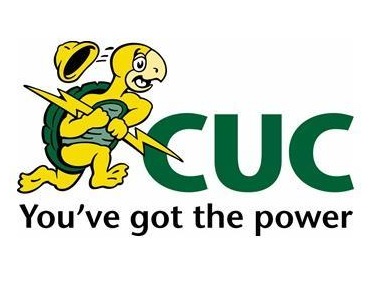Cayman: CUC provides an update to the CORE programme


Caribbean Utilities Company, Ltd. (“CUC”) has offered two programmes under which customers could interconnect renewable energy systems to the grid. The first programme called the Consumer Owned Renewable Energy (“CORE”) programme offered customers a fixed and subsidized rate at which the company purchased all of the renewable energy generated from their systems. The second programme which was introduced in January 2018 is the Distributed Energy Resource (“DER”) programme which allows for customers to consume electricity generated by their own renewable energy system without paying CUC for this energy under a type of net- metering arrangement.
Under the DER programme customers are also able to sell to CUC any excess electricity produced and exported to the grid at an avoided cost-of-generation credit rate. Incorporating the lessons learned by other jurisdictions from early net-metering programmes, DER customers are billed with a demand rate structure. The use of demand rates aligns the fixed costs of providing a grid interconnection and standby provision to the customer with demand charges, avoiding any potential cross-subsidization between DER and non-producing customers.
CUC is advising customers that the Utility Regulation and Competition Office (OfReg) approved quota for the CORE programme is now fully subscribed. That means that there will be no additional residential or commercial customers added to the programme for non-government customers.
However, there is still 1 megawatt (MW) of capacity which has been allocated to the public sector, including the central government departments, statutory authorities and government owned companies.
The CORE programme which was revised and approved by the regulator in 2012 has been very popular with both residential and commercial customers. The programme has allowed customers to connect small scale solar systems or wind turbines to CUC’S distribution system and to reduce their monthly energy bills by generating their own electricity while remaining connected to the CUC grid. However, the programme is subsidised by the non-CORE customers as the rate paid to CORE customers for their electricity production is higher than the cost CUC would normally incur and charge to customers for the same energy. This characteristic was aligned with the policy objective to promote and incentivize early development of the local distributed renewable generation sector. To avoid significantly increasing the average cost of electricity, the CORE capacity has historically been offered in limited tranches and at successively lower rates to match the declining cost of the technology.
After the programme’s initial limit of 6 MW was reached in March 2017, the regulator approved an additional 2 MW to be released in two, 1 MW tranches. It was agreed then that customers would have access to only 1 MW at the time and that the second megawatt would be released following additional review, and possibly at revised feed-in tariff rates. In early 2019, the final 1 megawatt of capacity allocated to CUC was released.
At December 31, 2019, there were 432 customers connected with 5,611.2 kilowatts of renewable capacity. The remaining capacity has been allocated to approved applications for installations in progress.
In alignment with the Integrated Resource Plan (IRP) undertaken in 2017 and the National Energy Policy, the DER programme designed for the growth of customer-owned, distributed renewable generation, was introduced in January 2018 after review and approval by OfReg
The programme has been allocated 3 megawatts of capacity for customer participation of which 2.5 MW are available. An additional 12 MW are expected to become available on completion of the battery storage project.
The DER programme allows for the continued growth and participation of customers in the renewable energy sector, which will help to reduce greenhouse gas emissions and the country’s carbon footprint.
CUC is currently going through the implementation phase for its Integrated Resource Plan which gives shape to the Island’s energy generation plans for the next 30 years. The implementation
phase of the plan will be an exciting period for CUC and electricity consumers, with a rapid increase in renewables connected to the grid which will provide cleaner energy at competitive and more stable costs.





